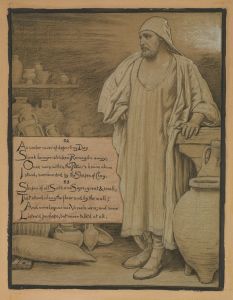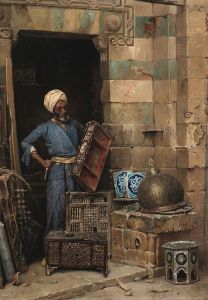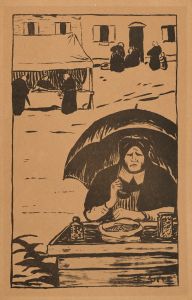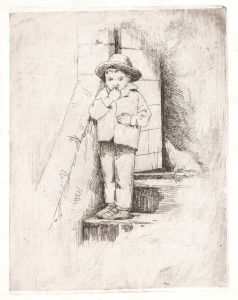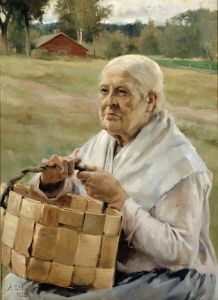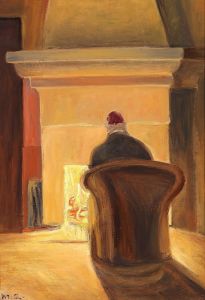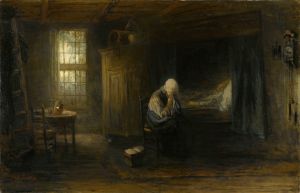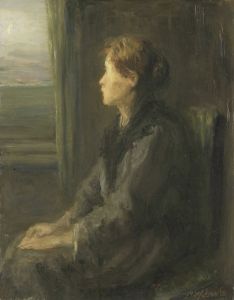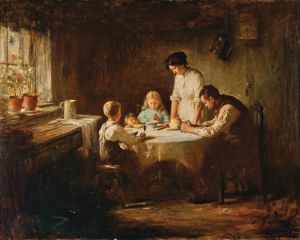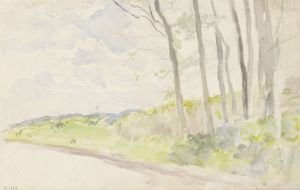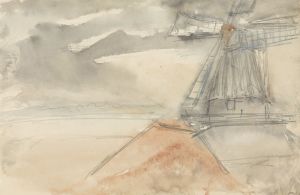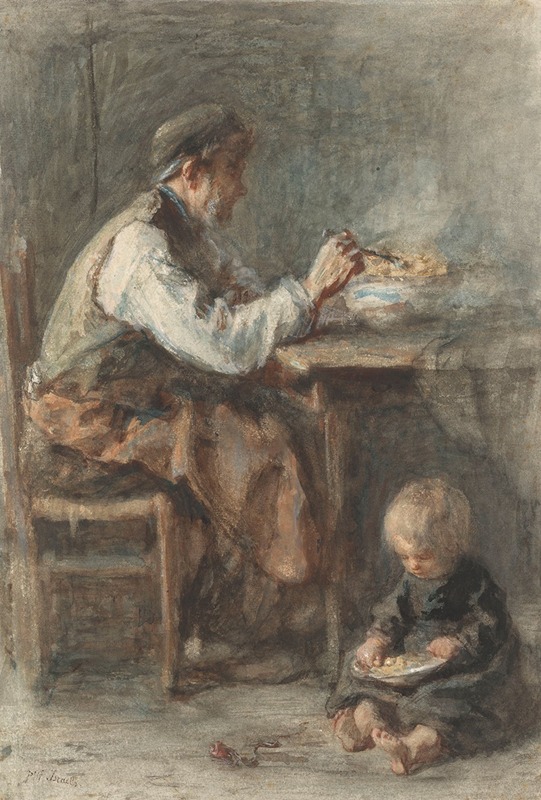
De schoenmaker
A hand-painted replica of Jozef Israëls’s masterpiece De schoenmaker, meticulously crafted by professional artists to capture the true essence of the original. Each piece is created with museum-quality canvas and rare mineral pigments, carefully painted by experienced artists with delicate brushstrokes and rich, layered colors to perfectly recreate the texture of the original artwork. Unlike machine-printed reproductions, this hand-painted version brings the painting to life, infused with the artist’s emotions and skill in every stroke. Whether for personal collection or home decoration, it instantly elevates the artistic atmosphere of any space.
Jozef Israëls was a prominent Dutch painter associated with the Hague School, a group of artists known for their realistic and often somber depictions of rural life in the Netherlands during the 19th century. One of his notable works is "De schoenmaker" (The Shoemaker), which exemplifies his skill in capturing the essence of everyday life and the dignity of labor.
"De schoenmaker" portrays a shoemaker at work, a subject that reflects Israëls' interest in the lives of ordinary people and his ability to convey their quiet dignity. The painting is characterized by its subdued color palette and attention to detail, typical of Israëls' style. The shoemaker is depicted in a humble setting, surrounded by tools of his trade, which emphasizes the simplicity and earnestness of his profession. Israëls' use of light and shadow adds depth to the scene, highlighting the shoemaker's focused expression and the textures of the materials around him.
Israëls was deeply influenced by the social and economic conditions of his time, and his works often reflect a sense of empathy and respect for the working class. "De schoenmaker" is no exception, as it captures the quiet perseverance of a craftsman dedicated to his work. This painting, like many of Israëls' works, can be seen as a commentary on the human condition, emphasizing themes of labor, resilience, and the passage of time.
The Hague School, to which Israëls belonged, was part of a broader movement in European art that sought to depict the realities of contemporary life. This movement was a reaction against the romanticism and idealism that had dominated much of 19th-century art. Instead, artists like Israëls focused on realism and the depiction of everyday subjects, often with a melancholic or introspective tone. Israëls' work, including "De schoenmaker," is often compared to that of the French Realists, such as Jean-François Millet, who also portrayed rural laborers with a sense of dignity and respect.
Jozef Israëls was born in Groningen, Netherlands, in 1824 and studied art in Amsterdam and Paris. His early works were influenced by the Romantic style, but he gradually shifted towards realism as he became more interested in the lives of ordinary people. Israëls' paintings gained recognition for their emotional depth and technical skill, earning him a reputation as one of the leading artists of his time. He was also a mentor to many younger artists, contributing to the development of the Hague School and influencing subsequent generations of painters.
"De schoenmaker" is a testament to Israëls' ability to capture the essence of his subjects with sensitivity and insight. The painting remains an important example of 19th-century Dutch art and continues to be appreciated for its artistic and historical significance. Through works like "De schoenmaker," Jozef Israëls has left a lasting legacy, offering a window into the lives of the people he so compassionately portrayed.





